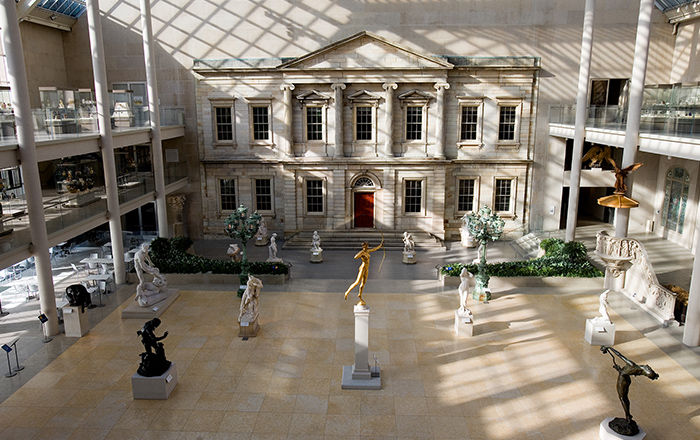Ira
Horace Day American
Not on view
Little remembered today, Horace Talmage Day was highly regarded for regionalist subjects—portraits and landscapes—from his adopted American South during the mid-20th century. Born to Presbyterian missionaries working in the Fujian Province of China, Day grew up with a strong belief in human dignity and social reform that aligned with the progressive currents of Depression-era America. Studies with urban realist Kenneth Hayes Miller at the Art Students League, from 1927 to 1931, and an artist-residence at the Henry Street Settlement on New York’s Bowery, from 1935 to 1936, determined his commitment to painting a breadth of sitters and landscapes with sensitivity and directness. Day’s later move to Georgia and Virginia, where he served on various college faculties, only deepened that interest, particularly in his portraits of Black Southerners.
Ira—a sensitive portrayal of a Staunton, Virginia, acquaintance, Ira Carter Wells (1922-1984)—is a strong representation of Day’s work from the 1940s. Given his somewhat isolated missionary upbringing in China, the artist was fascinated by the diversity of Americans he encountered in the North and South, and was especially drawn to Black subjects. His portraits of African American men, in particular, have been singled out as among his best works, and Ira bears the hallmarks—luminously painted with evident respect and empathy. Day held Black Americans in high regard, admiring their courage and moral strength in the face of systemic racism, especially in the South, and his portraits offer direct challenges to demeaning stereotypes then prevalent in popular culture.
